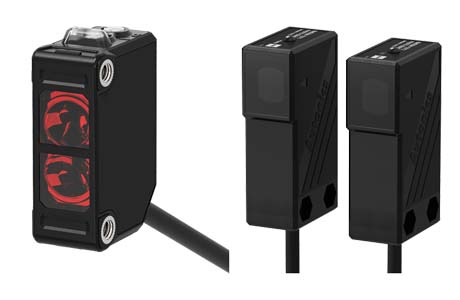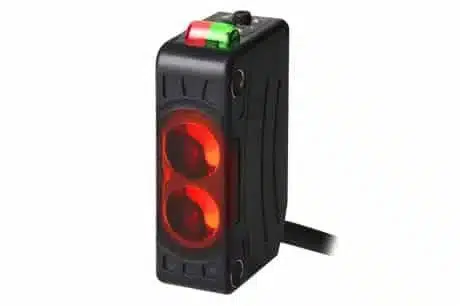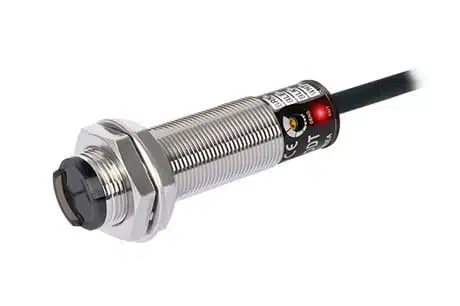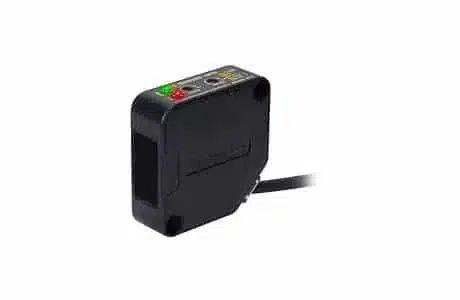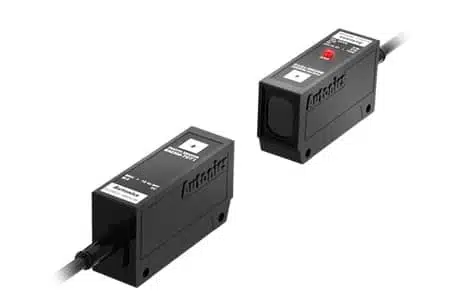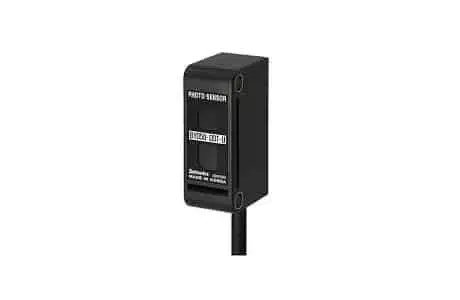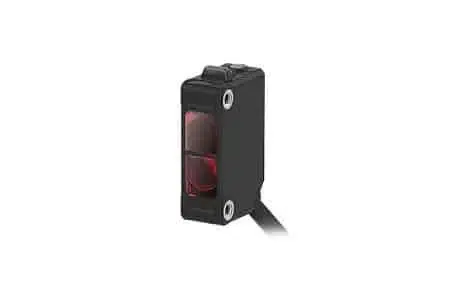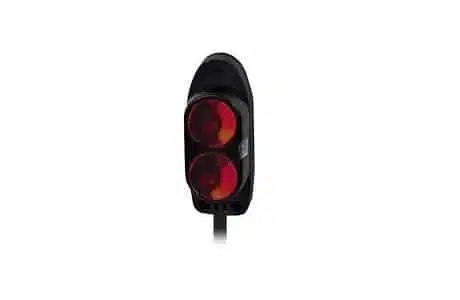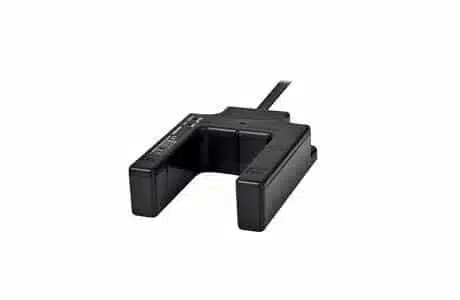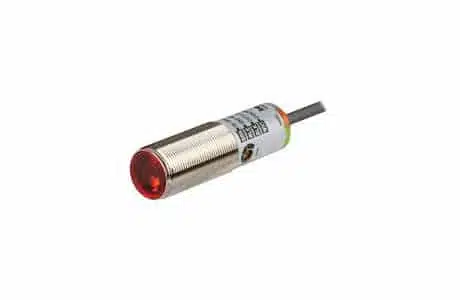
Autonics Photo Sensor: Reflective & Through-Beam Sensors
Autonics Photo Sensor comes in many compact and effective styles for different industrial automation needs. The BJ, BR, BEN, BM, BYD, BJX, BA, BUP, and BRQ Series each have special features made for specific tasks. These sensors are made for accuracy, with options for various sensing distances, reaction speeds, and types of light.
Key features of Autonics Photo Sensors from IndMALL Automation include adjustable sensitivity, options to work in both Light ON/Dark ON modes, and strong protection ratings like IP65, IP67, and IP69K. These sensors are dependable tools for improving both efficiency and accuracy in different industrial settings.
Autonics Photo Sensor: BJ – Series
- Size: Compact, W10.6×H32×L20mm.
- Modes: Light ON/Dark ON, with sensitivity adjuster
- Protection: IP65/IP67
- Noise Immunity: High, with minimal ambient light influence.
- Long Distance Type: Ranges up to 15m.
Autonics Reflective Sensor: BR Series
- Size: Varies; Cable Type compact, Connector Type W 10.6 × H 32 × L 20 mm.
- Sensing Distance: Up to 15 m.
- Target Materials: Opaque and translucent materials.
- Response Time: ≤ 1.5 ms for Cable, ≤ 1 ms for Connector Types.
- Light Source: Red and Infrared.
Autonics Photoelectric Sensor: BEN Series
- Size: Small, integrated power supply.
- Sensing Distance: Up to 10 m.
- Target: Opaque and translucent materials.
- Response Time: ≤ 20 ms (AC/DC), ≤ 1 ms (DC).
- Light Source: Infrared and Red.
- Protection: IP50 rating.
Photo Sensor Autonics: BM Series
- Size: Compact, easy to mount in narrow spaces.
- Sensing Distance: 3 m (Through-beam), 1 m (Retroreflective), 200 mm (Diffuse reflective).
- Target: Opaque and translucent materials.
- Response Time: ≤ 3 ms.
- Light Source: Infrared, 940 nm wavelength.
- Power: 12-24 VDC, ±10%.
Autonics BYD Series
- Size: Compact, easy installation.
- Sensing Distance: 3 m (Through-beam), 100 mm (Diffuse reflective), 10 to 50 mm (Convergent reflective).
- Target: Opaque and translucent materials.
- Light Source: Infrared.
- Power: 12-24 VDC, ±10%.
Autonics Photo Sensors – BJX Series
- Size: Compact, W 11 × H 32 × L 20 mm.
- Sensing Distance: 30 m (Through-beam), 3 m (Polarized retroreflective), 1 m (Diffuse reflective).
- Target: Opaque and translucent materials.
- Response Time: ≤ 1 ms.
- Light Source: Red and Infrared.
- Power: 10-30 VDC, ±10%.
Autonics Photo Switch: BA Series
- Size: Compact.
- Sensing Type: Diffuse reflective.
- Sensing Distance: 2 m.
- Target: Opaque and translucent materials.
- Response Time: ≤ 1 ms.
- Light Source: Infrared, 850 nm wavelength.
- Power: 12-24 VDC, ±10%.
Autonics BUP Series
- Size: Compact.
- Sensing Type: Through-beam.
- Sensing Distance: 30 mm, 50 mm.
- Target: Opaque materials.
- Response Time: ≤ 1 ms.
- Light Source: Infrared, 940 nm wavelength.
- Power: 12-24 VDC, ±10%.
Autonics Photoelectric Sensors BRQ Series
- Size: Compact.
- Sensing Distance: Up to 30 m.
- Target: Opaque, translucent materials.
- Response Time: ≤ 1 ms.
- Light Source: Red, Infrared.
- Power: 10-30 VDC, ±10%.
- Protection: IP67, IP69K
IndMALL Automation offers a wide variety of photoelectric sensors, perfect for precise and flexible use in different industrial settings. Autonics photo sensor come with features such as long-range, adjustable sensitivity, and strong protection ratings.
We also provide Omron Photosensors, which are well-known for their reliability and efficiency, adding more choices for your industrial automation needs. Our selection of Autonics sensors ensures top performance for any automation task.
Product List:
| Model No | Image | Sensing Type | Sensing distance | Light Source | Control output | Response Time |
|---|---|---|---|---|---|---|
| BJ300-DDT | 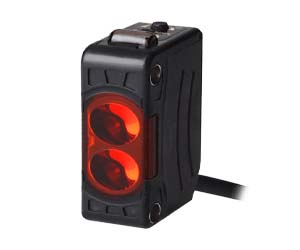 |
Diffuse reflective | 300mm | Red LED(660nm) | NPN open collector | Max. 1ms |
| BEN5M-MFR | 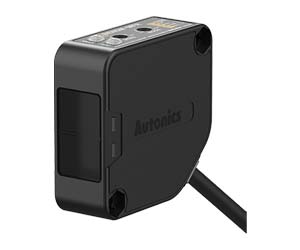 |
Retroreflective | 5m(MS-2) | Infrared LED(850nm) | Relay | Max. 20ms |
| BM200-DDT | 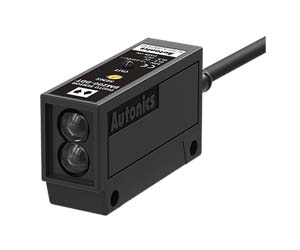 |
Diffuse reflective | 200mm | Infrared LED(940nm) | NPN open collector | Max. 3ms |
| BA2M-DDT-P | 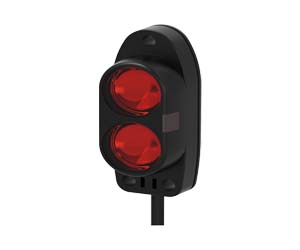 |
Diffuse reflective | 2m | Infrared LED(850nm) | PNP open collector | Max. 1ms |
| BRQM400-DDTA-P | 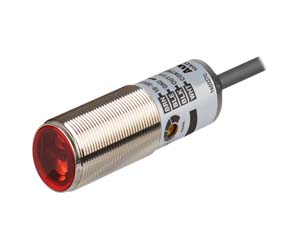 |
Diffuse reflective | 40mm | Red LED(660nm) | PNP open collector | Max. 1ms |
Frequently Asked Questions
How Does a Photo Sensor Work?
Understanding the Basics: A photo sensor is a device that detects light. It converts light into an electric signal.
The Main Ingredient: Photo sensors have special materials inside. These materials generate electricity when light hits them.
The Process: When light touches the sensor, electrons move. This movement creates an electric current.
The Result: The electric current is measured and understood as a signal. This signal can show how much light is present.
what are the three methods of operating a photoelectric switch?
Three Methods to Operate a Photoelectric Switch:
1. Through Beam Method: A transmitter sends light to a receiver. If something blocks the light, the switch activates.
2. Reflective Method: The switch emits light. When an object reflects that light back, the switch turns on.
3. Diffuse Method: Light is sent out from the switch. The switch activates when light bounces back from nearby objects.
what is the function of retro-reflective sensor?
Function of Retro-Reflective Sensor:
How It Works: A retro-reflective sensor emits light. It then looks for that light to return.
Its Job: When an object comes between the sensor and a reflector, light is blocked. The sensor then activates.
Common Use: These sensors are often used in safety and automation systems. They detect objects passing by.
what does a photoelectric sensor do?
Basic Idea: A photoelectric sensor detects light changes. It then sends out an electric signal.
Function: When light levels change because of an object, the sensor knows. It reacts to these changes.
Usage: These sensors help in automation. They can tell if something is there or not.
For more details or questions regarding our Autonics Photo Sensor collection, feel free to contact us.

